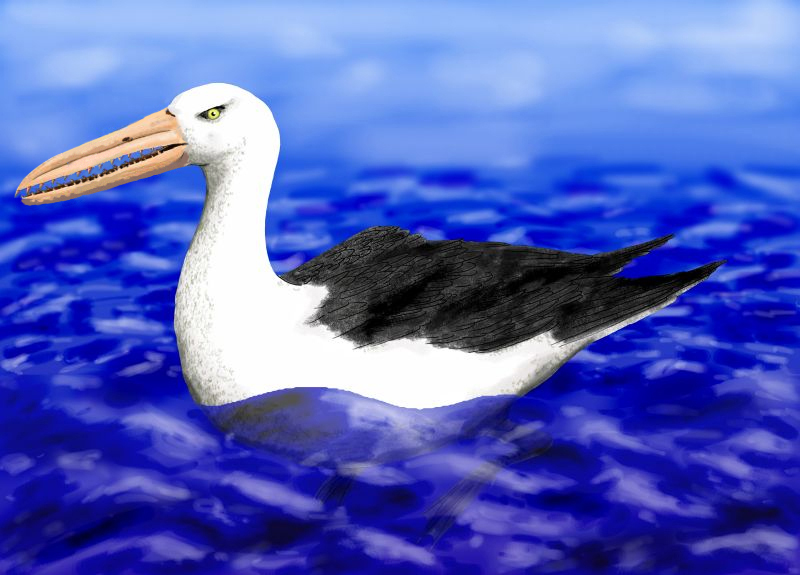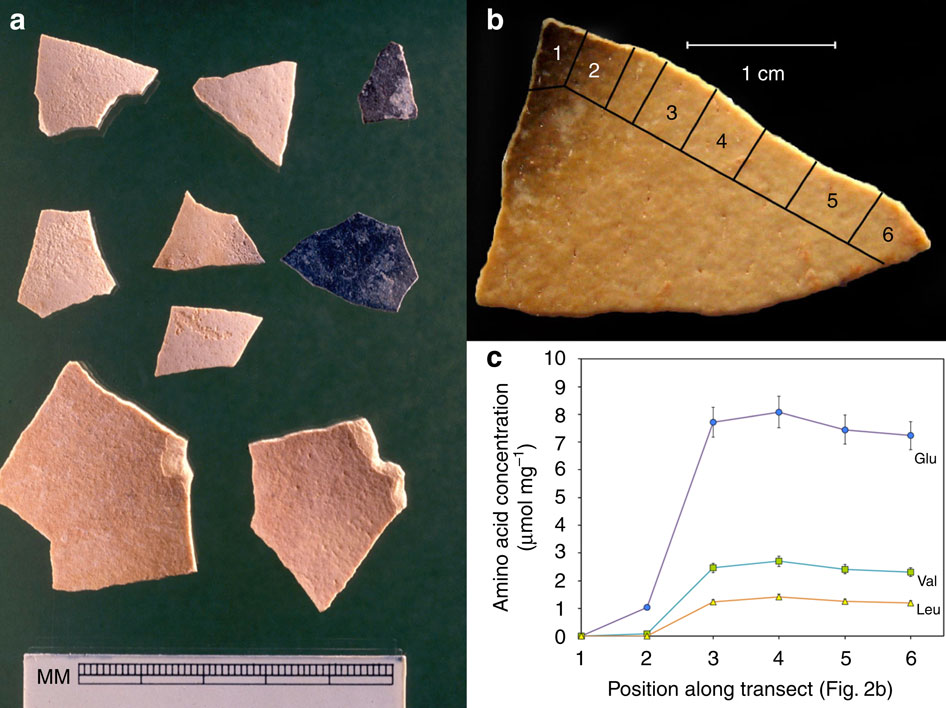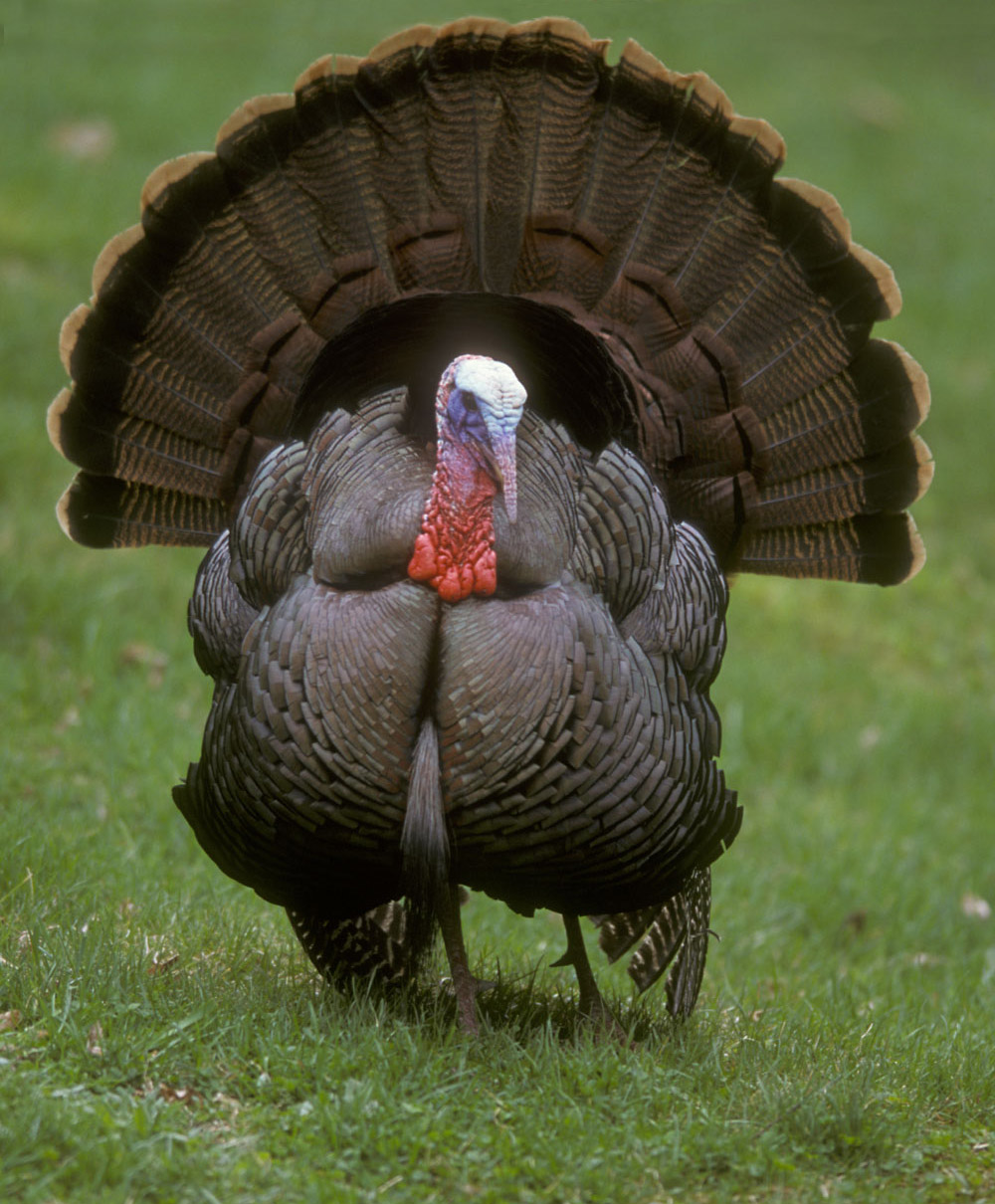|
Dromornithid
Dromornithidae, known as mihirungs (after Tjapwuring ''Mihirung paringmal'', "giant bird") and informally as thunder birds or demon ducks, were a clade of large, flightless Australian birds of the Oligocene through Pleistocene epochs. All are now extinct. They were long classified in Struthioniformes (the ratites), but are now usually classified as galloanseres. Dromornithids were part of the Australian megafauna. One species, '' Dromornis stirtoni'', was tall. Only a single species, ''Genyornis newtoni'' survived into the Late Pleistocene. They are thought to have been herbivorous.McInerney, P. L.; Blokland, J. C.; Worthy, T. H. (2024). "Skull morphology of the enigmatic Genyornis newtoni Stirling and Zeitz, 1896 (Aves, Dromornithidae), with implications for functional morphology, ecology, and evolution in the context of Galloanserae". Historical Biology: An International Journal of Paleobiology. 36 (6): 1093–1165. doi:10.1080/08912963.2024.2308212. Classification The scient ... [...More Info...] [...Related Items...] OR: [Wikipedia] [Google] [Baidu] |
Dromornis
''Dromornis'' is a genus of large to enormous prehistoric birds native to Australia during the Oligocene to Pliocene epochs. The species were flightless, possessing greatly reduced wing structures but with large legs, similar to the modern ostrich or emu. They were likely to have been predominantly, if not exclusively, herbivorous browsers. The male of the largest species, ''Dromornis stirtoni'', is a contender for the tallest and heaviest bird, and possibly exhibited aggressive territorial behaviour. They belong to the family Dromornithidae, extinct flightless birds known as mihirungs. Taxonomy The genus was erected to separate a new species, '' Dromornis australis'', from the previously described ''Dinornis'' (giant moas), another lineage of ancient large and flightless birds found in New Zealand that was earlier described by Richard Owen in 1843. A femur that was forwarded to England, probably a dromornithid and since lost, suggested an Australian genus, but Owen withheld publ ... [...More Info...] [...Related Items...] OR: [Wikipedia] [Google] [Baidu] |
Dromornis Stirtoni
''Dromornis'' is a genus of large to enormous Fossil birds, prehistoric birds native to Australia during the Oligocene to Pliocene epochs. The species were flightless, possessing greatly reduced wing structures but with large legs, similar to the modern ostrich or emu. They were likely to have been predominantly, if not exclusively, herbivorous browsers. The male of the largest species, ''Dromornis stirtoni'', is a contender for the tallest and heaviest bird, and possibly exhibited aggressive territorial behaviour. They belong to the family Dromornithidae, extinct flightless birds known as mihirungs. Taxonomy The genus was erected to separate a new species, ''Dromornis australis'', from the previously described ''Dinornis'' (giant moas), another lineage of ancient large and flightless birds found in New Zealand that was earlier described by Richard Owen in 1843. A femur that was forwarded to England, probably a dromornithid and since lost, suggested an Australian genus, but Owen ... [...More Info...] [...Related Items...] OR: [Wikipedia] [Google] [Baidu] |
Barawertornis
''Barawertornis'' is an extinct genus of cassowary-sized dromornithid known from Oligocene and Miocene deposits in Queensland and South Australia. Only a single species, ''B. tedfordi'', is placed in this genus. It shows adaptations towards a cursorial lifestyle. Like other dromornithids, ''Barawertornis'' was probably a folivorous and frugivorous browser. History and naming In 1968, the fragmentary remains of a dromornithid were reported from the Carl Creek Limestone of Riversleigh, Queensland by American palaeontologist Richard H. Tedford. Some of these remains, in addition to others, were used by Patricia Vickers-Rich in 1979 as the basis for a new genus and species, ''Barawertornis tedfordi''. The holotype (CPC 7341) is a left femur missing the trochanter and most of the shaft. Additional fossils include a partial femur, incomplete tarsometatarsus and nearly complete dorsal vertebra. Twenty-five years later, in 2004, Peter Murray and Patricia Vickers-Rich briefly described ... [...More Info...] [...Related Items...] OR: [Wikipedia] [Google] [Baidu] |
Genyornis
''Genyornis newtoni'' is an extinct species of large, flightless bird that lived in Australia during the Pleistocene Epoch until around 50,000 years ago. Over two metres in height, they were likely herbivorous. Many other species of Australian megafauna became extinct in Australia around that time, coinciding with the arrival of humans. It is the last known member of the extinct flightless bird family Dromornithidae which had been part of the fauna of the Australian continent for over 30 million years. They are not closely related to ratites such as emus, and their closest living relatives are thought to be fowl. Taxonomy The species was first described in 1896 by Edward Charles Stirling and A. H. C. Zeitz, the authors giving the epithet ''newtoni'' for the Cambridge professor Alfred Newton. The name of the genus is derived from the ancient Greek ''γένυς'' (''génus'') 'jaw; chin' and ''ὄρνις'' (''órnis'') 'bird', because of the relatively large size of the l ... [...More Info...] [...Related Items...] OR: [Wikipedia] [Google] [Baidu] |
Ilbandornis
''Ilbandornis'' was a genus of ostrich-sized dromornithid, a clade known casually as "demon ducks" because they are most closely related to the water fowl clade anseriformes. It was far more lightly built than other members of the family, indicating a more cursorial lifestyle; it was a fast runner. The majority of researchers consider Dromornithids to be herbivorous; this is borne out by molecular analysis of the gastroliths and eggshells of both ''Ilbandornis'' and the related ''Genyornis''. While ''Ilbandornis'' and ''Genyornis'' have skulls of similar size to emus, other Dromornithids such as '' Dromornis'' have far more robust skulls with large beaks; these were previously considered an adaptation for carnivory, but their blunt edges and lack of hooked tip indicate that the species were herbivorous. It is therefore likely that the differences in skull shape are due to differences in diet. Ilbandornis went extinct sometime in the Miocene epoch. Taxonomy Two species named by Pa ... [...More Info...] [...Related Items...] OR: [Wikipedia] [Google] [Baidu] |
Tjapwuring
The Djab Wurrung, also spelt Djabwurrung, Tjapwurrung, Tjap Wurrung, or Djapwarrung, people are Aboriginal Australians whose country is the volcanic plains of central Victoria from the Mount William Range of Gariwerd in the west to the Pyrenees range in the east encompassing the Wimmera River flowing north and the headwaters of the Hopkins River flowing south. The towns of Ararat, Stawell and Hamilton are within their territory. There were 41 Djab Wurrung clans who formed an alliance with the neighbouring Jardwadjali people through intermarriage, shared culture, trade and moiety system before colonisation. Their lands were conquered but never ceded. Language Djab Wurrung, meaning "soft language", belongs to the Western branch of the Kulin languages. It is the southernmost language, with Dja Dja Wurrung spoken to the east/southeast, and Jardwadjali (thought to be a dialect of Wemba Wemba language) spoken in the area from Casterton northwards to Donald. The Djab Wurrung lan ... [...More Info...] [...Related Items...] OR: [Wikipedia] [Google] [Baidu] |
Australian Megafauna
The term Australian megafauna refers to the megafauna in Australia (continent), Australia during the Pleistocene, Pleistocene Epoch. Most of these species became extinct during the latter half of the Pleistocene, as part of the broader global Late Pleistocene extinctions, Late Quaternary extinction event and the roles of human and climatic factors in their extinction are contested. There are similarities between the prehistoric Australian megafauna and some mythical creatures from the The Dreaming, Aboriginal Dreamtime. Causes of extinction Many modern researchers, including Tim Flannery, think that with the History of Australian Aboriginals#Origins, arrival of early Aboriginal Australians, hunting and the use of Fire-stick farming, fire to manage their environment may have contributed to the extinction of the megafauna. Increased aridity during peak glaciation (about 18,000 years ago) may have also contributed, but most of the megafauna were already extinct by this time. Other ... [...More Info...] [...Related Items...] OR: [Wikipedia] [Google] [Baidu] |
Pelagornithidae
The Pelagornithidae, commonly called pelagornithids, pseudodontorns, bony-toothed birds, false-toothed birds or pseudotooth birds, are a prehistoric family (biology), family of large seabirds. Their fossil remains have been found all over the world in rocks dating between the Early Paleocene and the Pliocene-Pleistocene boundary. Most of the common names refer to these bird, birds' most notable trait: tooth-like points on their beak, beak's edges, which, unlike true teeth, contained Volkmann's canals and were outgrowths of the premaxillary and mandible, mandibular bones. Even "small" species of pseudotooth birds were the size of albatrosses; the largest ones had wingspans estimated at 5–6 metres (15–20 ft) and were among the largest flying birds ever to live. They were the dominant seabirds of most oceans throughout most of the Cenozoic, and modern humans apparently missed encountering them only by a tiny measure of evolutionary time: the last known pelagornithids were co ... [...More Info...] [...Related Items...] OR: [Wikipedia] [Google] [Baidu] |
Anseriformes
Anseriformes is an order (biology), order of birds also known as waterfowl that comprises about 180 living species of birds in three families: Anhimidae (three species of screamers), Anseranatidae (the magpie goose), and Anatidae, the largest family, which includes over 170 species of waterfowl, among them the ducks, goose, geese, and swans. Most modern species in the order are highly adapted for an aquatic existence at the water surface. With the exception of screamers, males have Penis#Birds, penises, a trait that has been lost in the Neoaves, the clade consisting of all other modern birds except the galliformes and paleognaths. Due to their aquatic nature, most species are web-footed. Evolution Anseriformes are one of only two types of modern bird to be confirmed present during the Mesozoic alongside the other dinosaurs, and in fact were among the very few birds to survive their extinction, along with their cousins, the Galliformes. These two groups only occupied two ecologic ... [...More Info...] [...Related Items...] OR: [Wikipedia] [Google] [Baidu] |
Galliformes
Galliformes is an order (biology), order of heavy-bodied ground-feeding birds that includes turkey (bird), turkeys, chickens, Old World quail, quail, and other landfowl. Gallinaceous birds, as they are called, are important in their ecosystems as seed dispersers and predators, and are often reared by humans for their meat and eggs, or hunted as game birds. The order contains about 290 species, inhabiting every continent except Antarctica, and divided into five Family (biology), families: Phasianidae (including chicken, quail, partridges, pheasants, turkeys, peafowl (peacocks) and grouse), Odontophoridae (New World quail), Numididae (guinea fowl), Cracidae (including chachalacas and curassows), and Megapodiidae (incubator birds like malleefowl and Brushturkey, brush-turkeys). They adapt to most environments except for innermost deserts and perpetual ice. Many gallinaceous species are skilled runners and escape predators by running rather than flying. Males of most species a ... [...More Info...] [...Related Items...] OR: [Wikipedia] [Google] [Baidu] |
Odontoanserae
The Odontoanserae is a proposed clade that includes the family Pelagornithidae (pseudo-toothed birds) and the clade Anserimorphae (the order Anseriformes and their stem-relatives). The placement of the pseudo-toothed birds in the evolutionary tree of birds has been problematic, with some supporting the placement of them near the orders Procellariformes and Pelecaniformes based on features in the sternum. In 2005 a cladistic analysis had found support in placing pseudo-toothed birds as the sister group to waterfowl. Evidence for this comes from shared characteristics in the skull such as lack of a crest on the underside of the palatine bone and two condyles on the mandibular process of the quadrate bone, with the middle condyle beakwards of the side condyle. In addition to that, both groups have similar features in their pelvic and pectoral regions. Furthermore, a 2013 study on the growth pattern and structure of the pseudoteeth in '' Pelagornis mauretanicus'' shows more support o ... [...More Info...] [...Related Items...] OR: [Wikipedia] [Google] [Baidu] |








